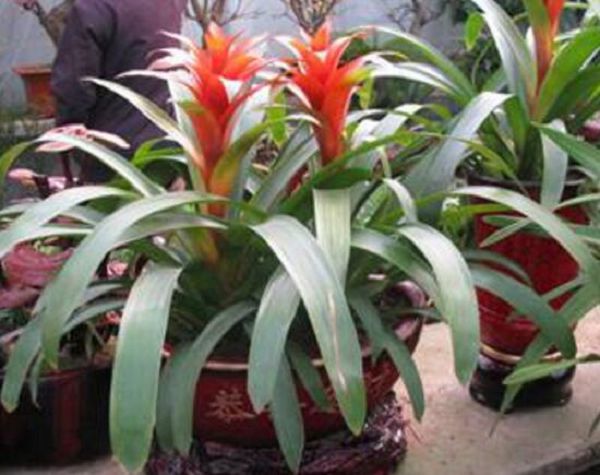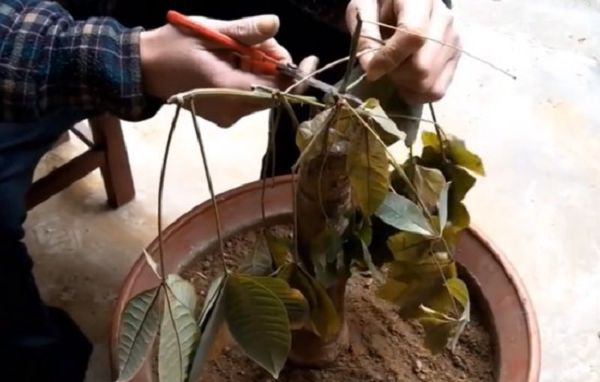How to transplant in the face of good luck? the method of transplantation in the face of good luck.

Hongyun is a tropical plant, so it is very resistant to drought, and it is relatively easy to raise it. Even if it is not watered for a long time, it will not lead to the death of plants, but most of them are raised outdoors. If you want to raise it indoors, you have to transplant it, so how do you transplant it? Next, let's go with the editor to learn about the transplant method of good luck.
First, how to transplant in the face of good luck
Generally speaking, good luck is farmed outdoors, because it can be watched outdoors, and it will look very beautiful when it blossoms, but many people like to raise it indoors, so if you want to raise it from outdoor to indoor, you must carry out transplantation. in fact, the method of transplantation is very simple.
Just dig it out of the soil, and then transplant it into a new flowerpot and carefully maintain it indoors, but in the process of digging, you must be careful not to hurt the roots of good luck, otherwise it will affect the normal growth of plants, or even directly lead to the death of plants.
Second, the transplant method of good luck
1. Prepare the soil in the flowerpot
If you want to transplant good luck, you must first prepare flowerpots and soil, especially this part of the soil, it is best to choose more fertile and loose soil, so that plants can grow faster, but in choosing flowerpots, it is best to decide according to the plant size, so that you can effectively avoid the situation that the flowerpot is too large or too small.
2. Dig up the plants
After preparing the flowerpot and soil, dig out the plant slowly, pay attention to the tool not to hurt the root, if the root is damaged, the growth of the damaged plant will also be affected, if the plant is a diseased plant, if it has been infected with germs, it is necessary to clean up all the soil attached to the root system, but for normal transplanting, it is best to bring some original soil into the pot soil.
3. Post-transplant maintenance
When transplanting, first put some small broken stones at the bottom of the basin, which can increase the drainage of the soil, and then put the soil 2cm to 3cm thick, then put the plant into the basin, and then fill the remaining soil, then gently lift the plant upward with your hand, about 1cm, so that the roots of the plant can stretch naturally, gently flatten the soil with your hand, then soak the basin immediately, and finally put it in a shaded place.
4. Matters needing attention in maintenance
Attention should be paid to spraying water around to increase air humidity. The suitable temperature for the growth of pineapple is about 25 ℃. During the growing period, nitrogen fertilizer should be applied every half a month. In addition, except for the all-day sunshine in winter, it should be shaded in other seasons and be given a light transmittance of 40% to 50%.
Conclusion: through the detailed introduction above, I believe you already know how to transplant. In fact, transplanting good luck is a very simple matter. Just take it out of the soil, then clean up the soil at the root, and replant it in the flowerpot. If not, you can do it according to the transplanting method above.
Related
- Fuxing push coffee new agricultural production and marketing class: lack of small-scale processing plants
- Jujube rice field leisure farm deep ploughing Yilan for five years to create a space for organic food and play
- Nongyu Farm-A trial of organic papaya for brave women with advanced technology
- Four points for attention in the prevention and control of diseases and insect pests of edible fungi
- How to add nutrient solution to Edible Fungi
- Is there any good way to control edible fungus mites?
- Open Inoculation Technology of Edible Fungi
- Is there any clever way to use fertilizer for edible fungus in winter?
- What agents are used to kill the pathogens of edible fungi in the mushroom shed?
- Rapid drying of Edible Fungi



